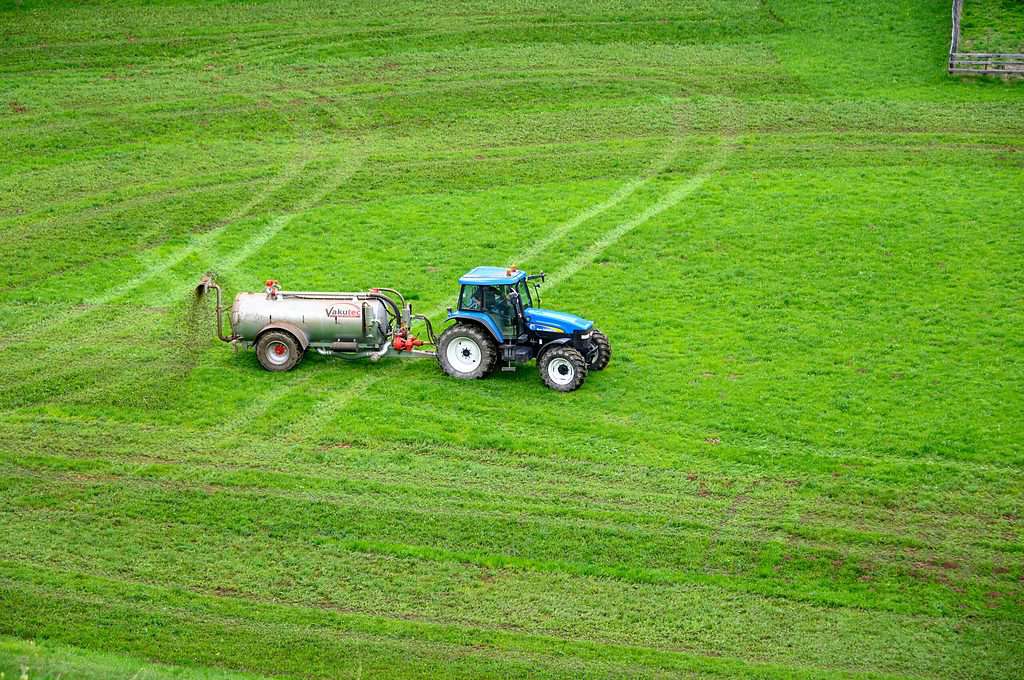A new study highlights yet another devastating consequence of Russia’s invasion of Ukraine, one that will affect global food security, as well as the environment.
“This could be the end of an era of cheap food. While almost everyone will feel the effects of that on their weekly shop, it’s the poorest people in society, who may already struggle to afford enough healthy food, who will be hit hardest,” says Peter Alexander from the University of Edinburgh, author of the study.

The consequences of Russia’s decision to invade Ukraine affect way more than just Russia and Ukraine — it spills far beyond the two countries’ borders, and affects the entire planet in multiple ways; one of these ways is food security.
Many were worried that an armed conflict between two of the world’s breadbaskets would lead to a surge in food prices and food insecurity across the world — and while that impact was observed, it was smaller than feared. However, according to a new study, another effect of this war could cause more devastating problems: the rise in fertilizer prices.
The end of cheap food
Fertilizer is at the core of the agricultural revolution we’ve been experiencing over the past decades; without affordable, cheap fertilizers, we wouldn’t be able to feed vast regions of the world. Without fertilizer security, there is basically no food security — and the invasion threatens fertilizer security.
In addition to being a large exporter of food, Ukraine is also an important exporter of fertilizer, and Russia is even more so. Since the invasion started, the price of fertilizers has already surged— but we may only be seeing the start of the problem, warns Peter Alexander, of the University of Edinburgh’s School of GeoSciences. Alexander, who led the new study, says the spillover from this event will cascade into the future, and will send ripples throughout the world, making food more expensive and scarce.

Alexander and colleagues carried out a modeling study to see just how big of an effect Ukraine’s invasion is expected to have. They found that while halting exports from Russia and Ukraine would increase food costs in 2023 by 2.6%, spikes in energy and fertilizer prices would cause prices to increase by a whopping 74%. When they incorporated everything into the model, they found that food costs in 2023 could increase by 81% compared to 2021 levels.
This increase would be most accentuated in Sub-Saharan Africa, North Africa, and the Middle East, which depend more on agriculture and on fertilizer whose price is surging. This price increase is so great that an extra 1 million people will be thrown into hunger, and 100 million will be undernourished because of this change.
“Increases in food prices seen over the past year were not only caused by disruptions to international trade in food commodities but more fundamentally by higher costs for agricultural inputs, such as fertilizer. These increases in costs such as fertilizers lead to higher food prices both directly by adding costs to farmers and indirectly by encouraging their use to be reduced, with consequences for crop yields. The reductions in agricultural production that results from lower fertilizer input further drive up food commodity prices,” Alexander told ZME Science in an email.
The team used a global land-use computer model to simulate the effects of export restrictions and spikes in production costs on food prices, health and land use until 2040.
This problem won’t be solved anytime soon, and Alexander suspects that farmers will start using more land to compensate for the loss, which means large-scale deforestation. In fact, his simulations indicate that by 2030, the global agricultural land used could increase by an area the size of Western Europe, which would have massive effects on carbon emissions and biodiversity loss.
The main message is that the war in Ukraine will damage global food security, health and the environment, and will likely cascade into a series of unwanted events. Even for the public in higher-income countries, high food price inflation is set to continue through 2023. For those in the less-developed parts of the world, the situation will be much worse.
The study was published in Nature Food.


